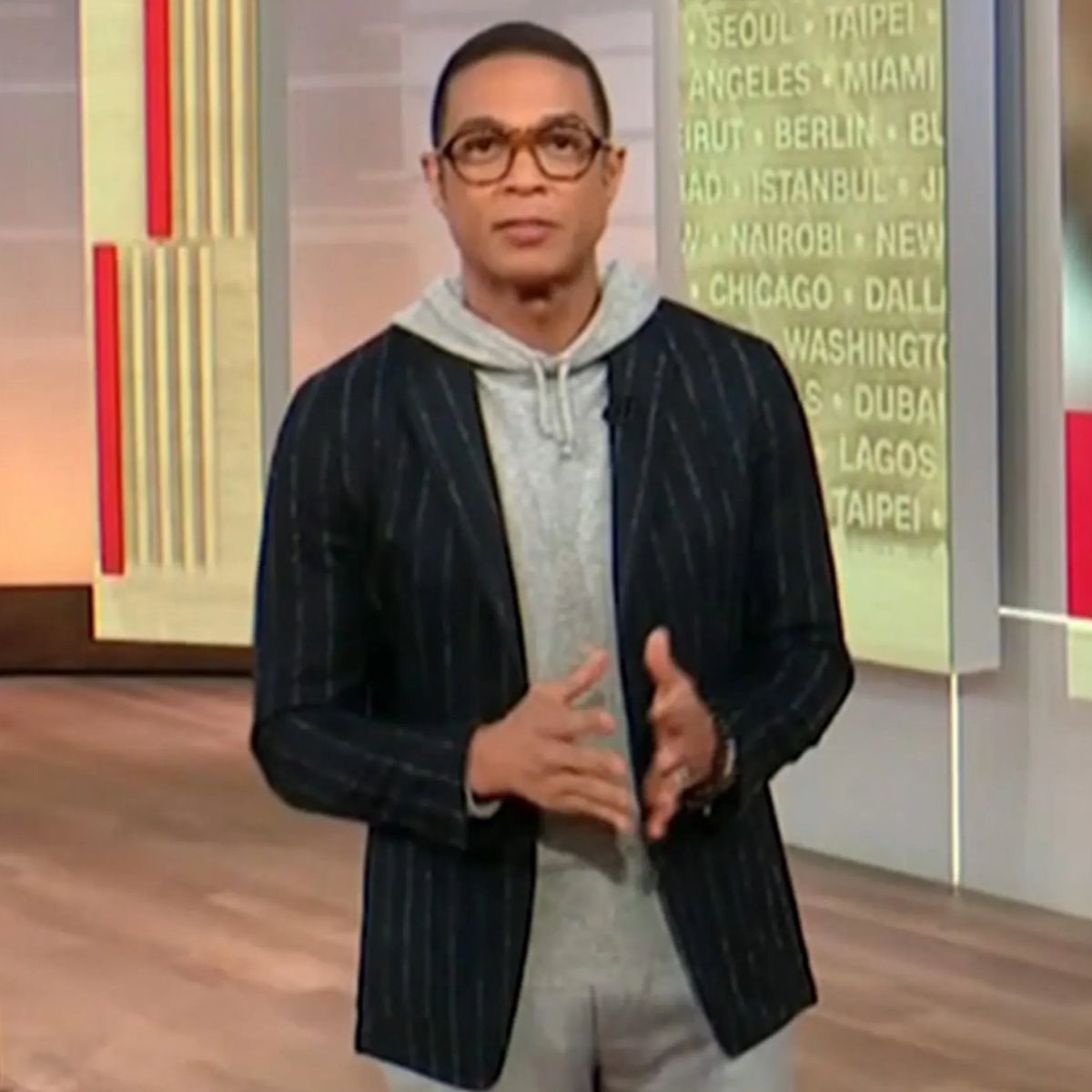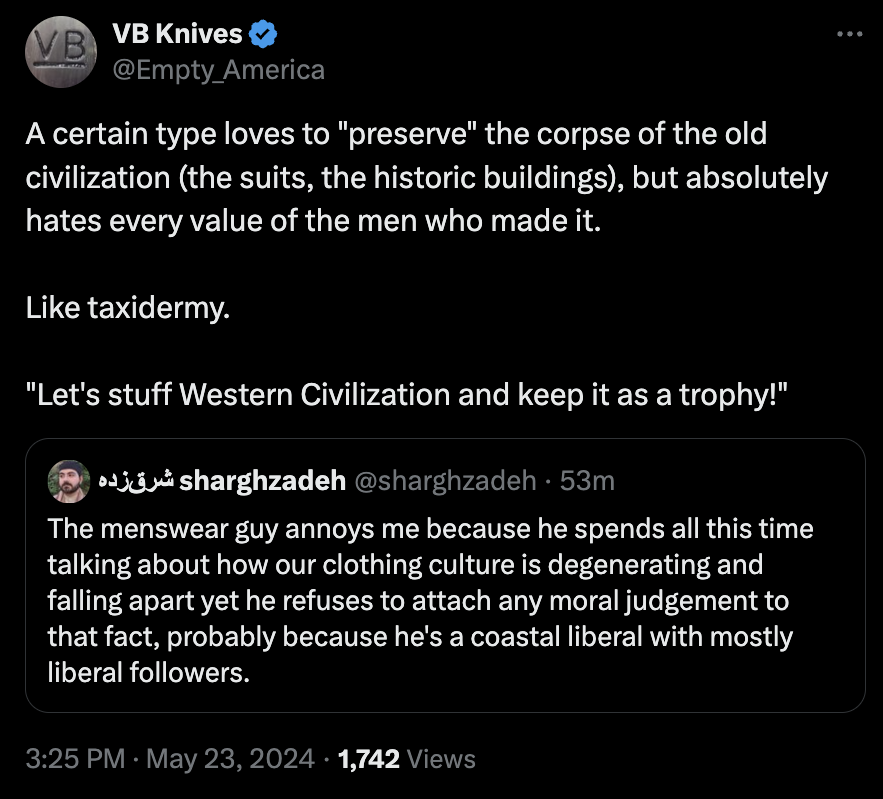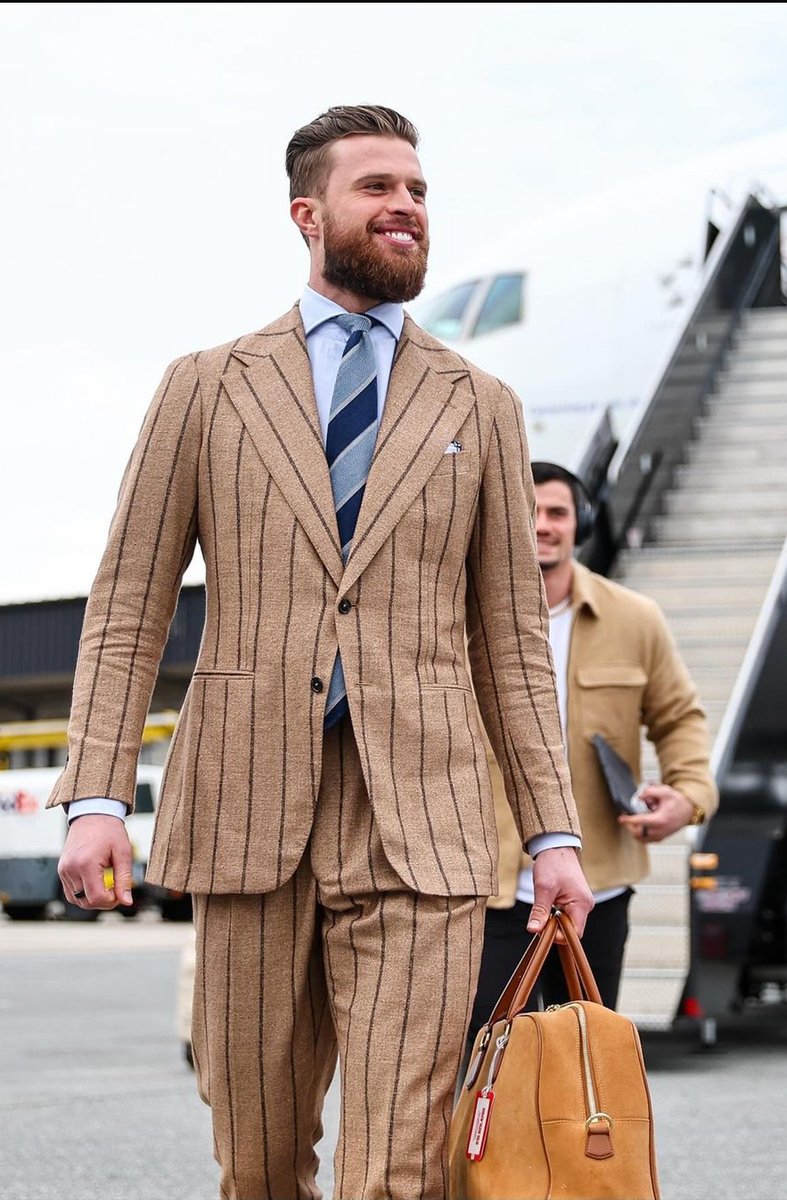Happy to answer this question. What is so beautiful about a man wearing a fishnet veil and what appears to be an overcoat woven of shredded garbage bags? 🧵 

My interest in men's dress is mostly about culture, visual language, and craft. Where people see identical black or grey suits, I see differences in fit and silhouette. There's a lot of skill that goes into making something look beautiful, such as pattern drafting & pad stitching






If you are seriously interested in craft, you can't help but be impressed by the craftsmanship that goes into these garments. These are all the Thom Browne pieces worn at the last Met Gala. For this thread, I will only talk about the man in the middle, Alton Mason. 

What's so beautiful about a man wearing a fishnet veil and what appears to be an overcoat woven of shredded garbage bags? 

First, the pattern drafting. It's hard to get slim trousers to hang so beautifully. Notice that both men here are wearing high-heeled shoes and slim trousers, but only Mason's trousers don't ripple down the back of his legs. That's because the trousers have a proper back rise.




There are tons of photos of Mason at this event. Not once will you catch him with a collar gap, even when he raises his arms to hug people or wave to the crowd. Again, we know this is from quality tailoring—proper cut for chest and shoulders, high armhole, etc.




There's also the unique material. This oversized tailcoat is made from black deconstructed denim tweed and plaid ribbon tweed. Both had to be specially woven. These uniquely textured tweeds are typically used for womenswear (e.g., Chanel tweeds) but they look beautiful here.




It can be hard to tell in the photos, but this floral appliqué was hand-beaded. From afar, the leaves and bullion roses almost look like a patch—like what kids stick onto backpacks. But this is only because the detailing is so fine.






A small-minded person might think that such details don't belong on a man's garment. However, one only needs to see a similar technique in something socially considered more "traditional"—the King's coronation—and suddenly you hear the oohs and aahs. Ask what influences your view
Most of all, I love the off-the-shoulder fit and oversized sleeves. It has such an awesome silhouette in the way it plays with proportions.




To me, the outfit is a play on traditional men's formalwear in that it exaggerates the white tie's tailcoat and incorporates things like a silk satin cummerbund. The grosgrain tipping along the jacket's lapels also accentuates the formality. It's perfect for a gala.




I assume these platform shoes were also bespoke. I don't know how they were made, but just as I admire traditional bespoke shoes, I admire non-traditional designs (so long as they go with the outfit—there are lots of unusual designs nowadays worn in bad ways).




It does not bother me that a man is wearing elements traditionally worn in womenswear, just as I'm not bothered by how Marlene Dietrich wore a tuxedo, Katharine Hepburn wore pants, or Yves Saint Laurent made Le Smoking. These outfits are beautiful.






I'm principally interested in aesthetics—clothes worn beautifully in ways that make sense, even if the language is used creatively. And clothing built with craftsmanship. This Thom Browne outfit satisfies all those things. 

Many people don't understand that liking traditional tailoring doesn't mean you have to hate things that are not traditional. You can listen to rap and classical music, eat pasta and pho, and speak English and Japanese.
This doesn't mean you abandon standards; you are just not narrow-minded. If this outfit is not for you, that's fine! Not everything has to be for everyone. But many people will like ugly, crappy suits worn in bad ways before they like this, and that's confusing to me.




• • •
Missing some Tweet in this thread? You can try to
force a refresh

























